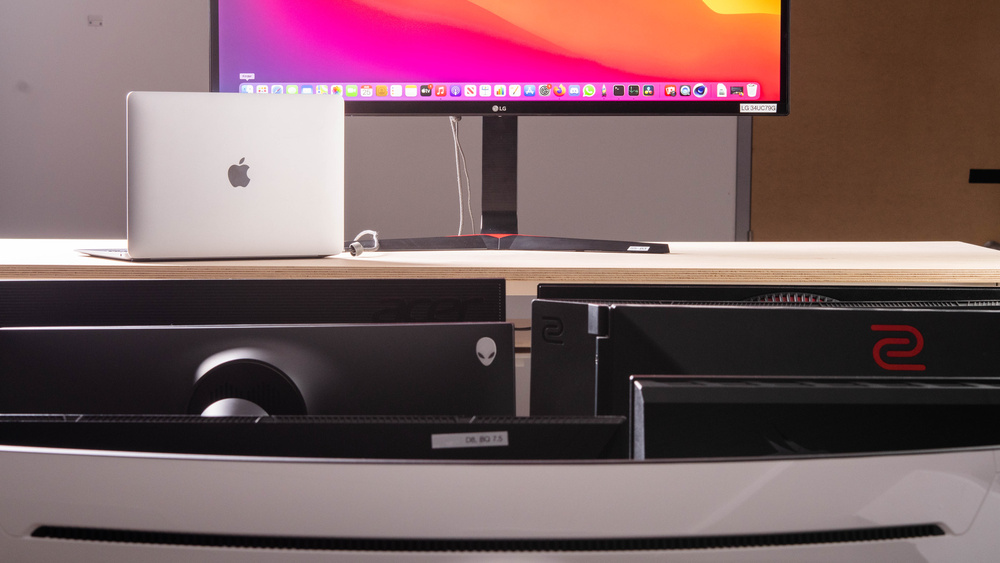

Even so, it only supports two external monitors (probably because it doesn’t have its own integrated display included). The only device that supports more than one native display is the M1 Mac Mini.
Double screen for mac pro#
Many users who purchased one of the M1 range of MacBook Pro or MacBook Air devices were quick to rush to online forums to register their surprise. It may have come down to a design constraint, as the company remains tight-lipped about why they went down this route. Single Display Native Support with MacBook Pro and Air DevicesĪpple’s decision to provide support for a single native display was tough to understand. You can still use your M1 MacBook with multiple screens even if it doesn’t come with native support for additional monitors. Weighing the benefits of the M1 CPU against its perceived limitations isn’t a fair comparison. Unlike previous models, M1 based devices no longer have native support for multiple displays. One issue that users did discover after buying their M1 powered Apple MacBook Pro or Air was external display limitations. It provides you with much more processing power for their applications, doesn’t require any mechanical cooling (so no more fans), and integrates multiple chips into a single, compact footprint. The M1 does consolidate multiple technologies into a single chipset. The architecture is similar to their iPhones and iPads, making the CPU highly efficient and comparatively compact when pitted against other technologies from Intel and AMD.Īpple doesn’t hold back any punches when it comes to their marketing materials and experts tend to agree. What’s the best thing about the new Apple computers that come equipped with the new ARM-based M1 CPU? Take your pick.


 0 kommentar(er)
0 kommentar(er)
